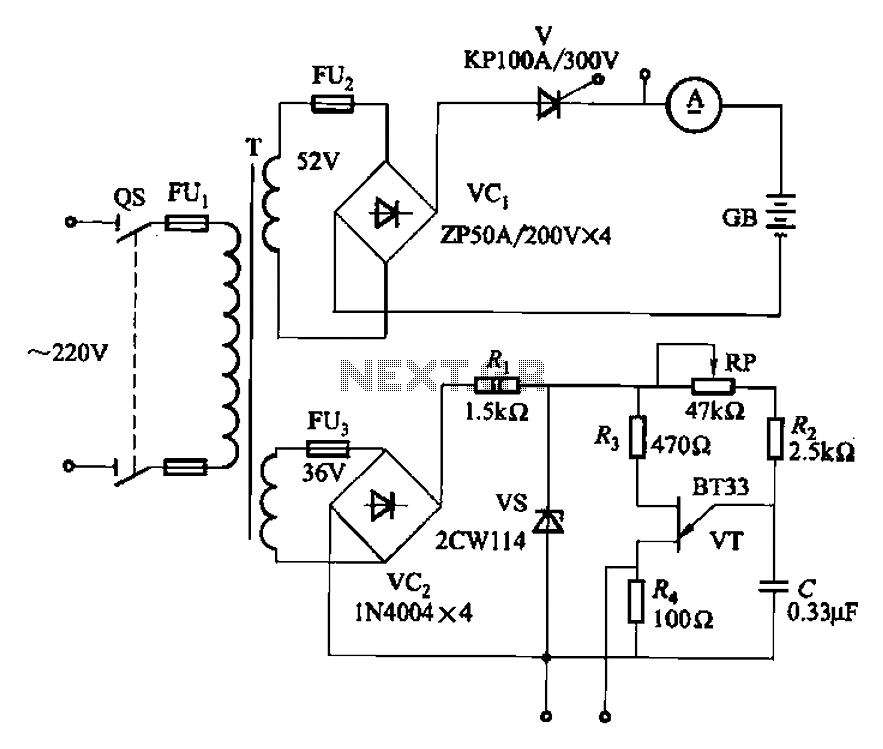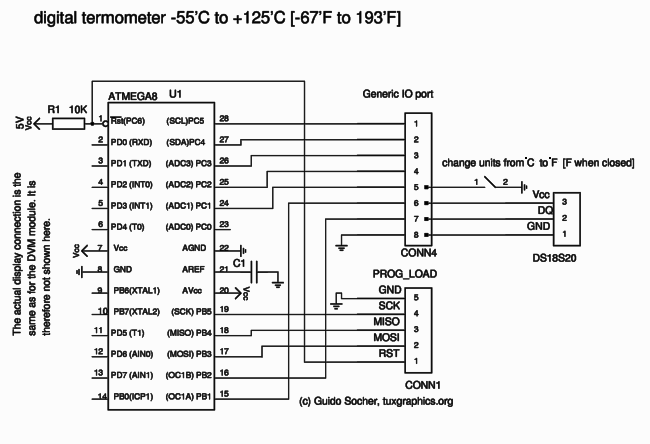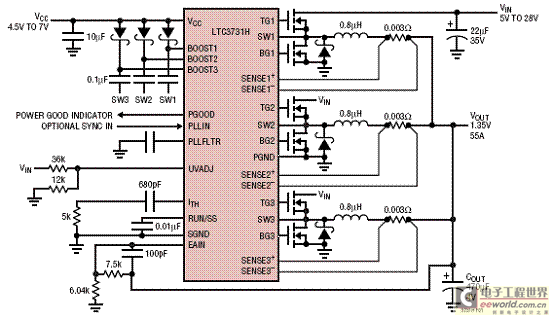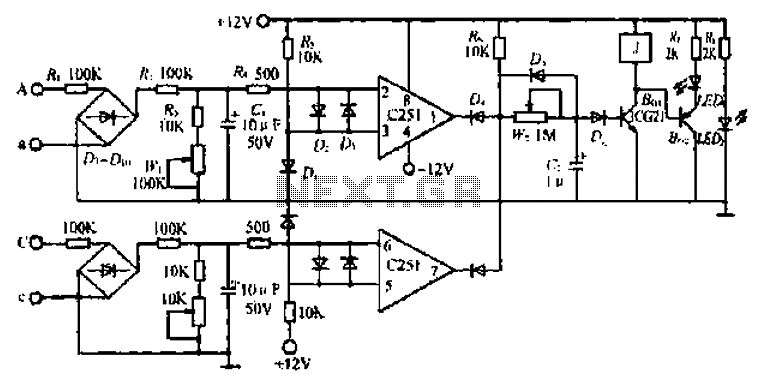
Small thyristor charging circuitry of the three

The adjustment potentiometer RP can modify the magnitude of the DC output voltage.
The adjustment potentiometer, designated as RP, is an essential component in various electronic circuits, particularly in power supply systems and signal conditioning applications. It serves as a variable resistor that allows for fine-tuning of the output voltage to meet specific requirements. The potentiometer typically consists of three terminals: two fixed terminals connected to a resistive element and a third terminal connected to a wiper that moves along the resistive path.
In operation, as the wiper is adjusted, the resistance between the wiper and the fixed terminals changes, thereby altering the voltage drop across the potentiometer. This change in resistance directly influences the output voltage of the circuit. For instance, in a voltage divider configuration, the output voltage can be expressed as a function of the input voltage and the ratio of the resistances. The adjustment potentiometer is particularly valuable in applications where precise voltage settings are necessary, such as in audio equipment, calibration devices, and adjustable power supplies.
When implementing an adjustment potentiometer in a circuit, it is crucial to select the appropriate resistance value and power rating to ensure optimal performance and reliability. Additionally, care should be taken to minimize noise and ensure smooth operation, particularly in sensitive applications. Proper mounting and connection techniques will also enhance the longevity and effectiveness of the potentiometer in the circuit.Adjustment potentiometer RP, can change the size of the DC output voltage.
The adjustment potentiometer, designated as RP, is an essential component in various electronic circuits, particularly in power supply systems and signal conditioning applications. It serves as a variable resistor that allows for fine-tuning of the output voltage to meet specific requirements. The potentiometer typically consists of three terminals: two fixed terminals connected to a resistive element and a third terminal connected to a wiper that moves along the resistive path.
In operation, as the wiper is adjusted, the resistance between the wiper and the fixed terminals changes, thereby altering the voltage drop across the potentiometer. This change in resistance directly influences the output voltage of the circuit. For instance, in a voltage divider configuration, the output voltage can be expressed as a function of the input voltage and the ratio of the resistances. The adjustment potentiometer is particularly valuable in applications where precise voltage settings are necessary, such as in audio equipment, calibration devices, and adjustable power supplies.
When implementing an adjustment potentiometer in a circuit, it is crucial to select the appropriate resistance value and power rating to ensure optimal performance and reliability. Additionally, care should be taken to minimize noise and ensure smooth operation, particularly in sensitive applications. Proper mounting and connection techniques will also enhance the longevity and effectiveness of the potentiometer in the circuit.Adjustment potentiometer RP, can change the size of the DC output voltage.





